This program is used for recording sightings of the three species of threatened Black-Cockatoos in the southwest of Western Australia (roughly southwest of a line between Kalbarri and Cape Arid). These three species are: Carnaby’s and Baudin’s Black-Cockatoo (both white-tailed species) and Forest Red-tailed Black-Cockatoo.
Note: if you cannot differentiate between the very similar Carnaby’s and Baudin’s, your sightings are still valuable and you can enter them as White-tailed Black-Cockatoo.
Two main events are used for these surveys, The Great Cocky Count (GCC) and Spring Roost Count. The GCC is an annual survey of night roosts which enables us to estimate population trends for our threatened cockies. The GCC takes place in late March to mid-April on a single
day, with surveys taking place at sunset (approximately 5.30-7pm). The Spring Roost Count is currently a smaller, more targeted survey of red-tailed roosts in the Greater Perth region which takes place at sunset on a single day in October. It is important to note that zero counts are not uncommon in these counts, but are an essential piece of data (so please enter the data even if
you get a zero). See the frequently asked questions sheet here for more details.
If you see Black-Cockatoos outside these two counts, please fill in an incidental survey.
We are particularly interested in the following reports:
- breeding (signs include cockies entering/exiting hollows);
- night
roosting (where birds stay overnight); - large flocks; and
- unusual sightings (e.g. on the edge or outside known ranges or feeding on unusual food plants).
Note that breeding records are classed as sensitive data to minimise risk of illegal poaching.
If you see Black-cockatoos while driving, walking or cycling, consider doing a CockyWatch Road Survey instead.









